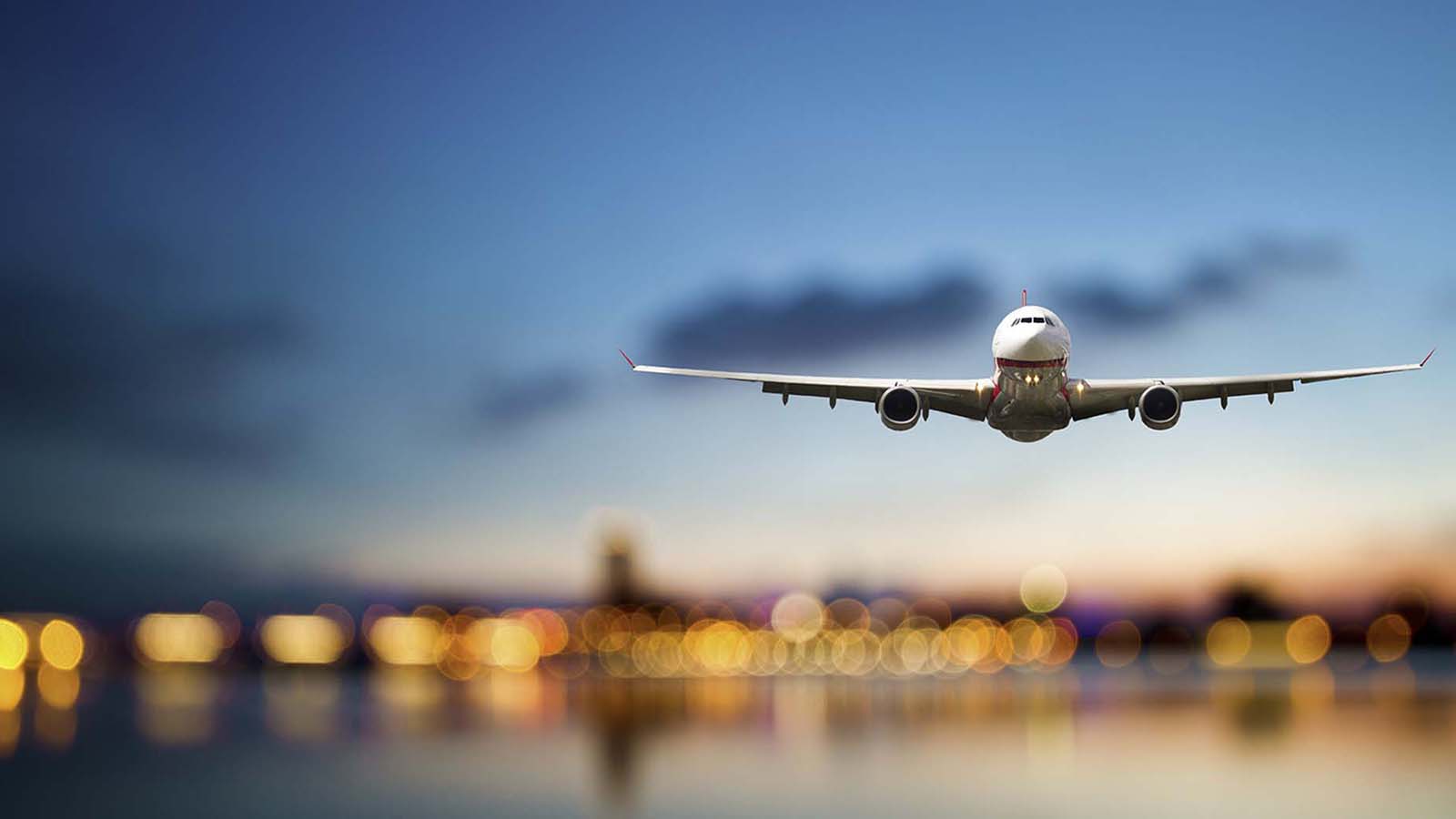Tax and Regulatory Issues to Keep In Mind if You Are Thinking About Private Air Travel For Your Business
Related
Never miss a thing.
Sign up to receive our insights newsletter.

Flexible schedules, last minute departures, and the ability to reach remote locations where commercial airlines do not go are often a priority for business owners and entrepreneurs seeking alternatives to commercial air travel. From charter flights to direct ownership to membership or card programs, there are several options for private air travel. Identifying the costs, tax consequences, regulatory and administrative burdens, and potential liability associated with each travel option is an important part of the evaluation process.
This article contains a discussion of the tax considerations and FAA rules and regulations associated with several alternative travel options.
Private Ownership (Fractional or Whole)
Private ownership allows the owner the most freedom and flexibility. However, outright ownership of an aircraft comes with liability and obligations to comply with FAA regulations and IRS rules. Typically, direct ownership of an aircraft requires larger upfront and recurring costs. However, for those who travel often, a direct ownership in an aircraft could be more economical per flight hour than charter flights.
Fractional ownership deals are typically packaged by fractional share providers who manage the aircraft, crew, and other elements. Alternatively, a direct ownership arrangement usually involves one or more persons owning the aircraft directly and taking responsibility for the aircraft, crew, flights, operations, and maintenance. Whether you buy a fractional interest or decide to buy the aircraft directly and own it wholly or jointly with others, you will have additional liability, administration, and tax considerations that you would not have with charter flights.
Charter Flights
Charter flights are a convenient way to gain expanded travel flexibility and freedom that commercial airlines don’t offer. They can also be more cost-effective for those who travel less frequently or don’t want to commit to large upfront costs. For business related flights, charter flights can provide current tax deductions for the cost of travel.
The tax issues, economic risk, liability exposure, and management and administrative costs are greatly reduced with charter flights as compared to private ownership. However, there are some downsides to traveling via charter flights, most notably a lack of flexibility that comes with private ownership. The charter company has complete control of the aircraft, often impose blackout dates and times, and the aircraft of your choice may not always be available when you need it. Also, if you fly frequently, the cost can be just as high as private or fractional ownership.
Tax Considerations
Elimination of Section 1031 Exchanges
The Tax Cut and Jobs Act (TCJA) of 2017 eliminated personal property assets, including airplanes, from eligibility for IRC Section 1031 like-kind exchange treatment. Section 1031 now applies exclusively to real property assets. This is important to understand for anyone who owns an aircraft or is considering owning an aircraft – you are now unable to dispose of an aircraft in a tax-free exchange, which was a common practice before TCJA eliminated this option.
Depreciation
Currently, IRC Section 168(k) allows for 100% “bonus” depreciation of qualified property for the year it is placed in service. Bonus depreciation is only available for private aircraft if the business use of the aircraft is at least 50%, and this threshold is required for the year that bonus depreciation is claimed and for all subsequent years. If the 50% threshold is not satisfied in a subsequent year, then some of the bonus depreciation will be recaptured as ordinary income in that subsequent year.
Another IRS requirement for claiming bonus depreciation is that the aircraft has to be “placed in service” in the year for which the bonus depreciation deduction is claimed. An aircraft is deemed to be placed in service when it is actually used for its intended purpose (i.e., when business-related flights commence). This can catch aircraft owners by surprise if they purchase an aircraft towards the end of a year but don’t actually use it for business purposes until the subsequent year. In such a case, the bonus depreciation deduction will not be available until the subsequent year.
Tax Deduction Limitations
The application of the passive loss rules under IRC Section 469 and the at-risk rules under IRC Section 465 to aircraft activities should also be considered as these rules can suspend and delay tax deductions for depreciation and operating costs.
Classifying Your Flights
Once you have possession of your aircraft and are ready to begin flying, it is important to keep a detailed flight log of all flights. This flight log should include departure location, flight time, passengers flight miles, flight classification (Business, Business Entertainment, Personal Entertainment, Personal Non-Entertainment, and Other), and number of crew members. When you list passengers, include the name and title, if applicable, of each passenger. For any passengers who are guests (i.e., not employees or owners), indicate the host of each guest. If you use charter flights, or fractional ownership arrangements, this service is often provided for you.
Fringe Benefit Flights
Using a flight log helps to determine which flights should be classified as a taxable fringe benefit. In other words, the non-business use of company aircraft by an employee or owner of your business is a taxable benefit to the employee or owner. These fringe benefit flights will result in phantom income to the person receiving the benefit in an amount determined under the Standard Industry Fare Level (SIFL) rules. This non-cash income is taxable to the employee or owner and subject to payroll tax or self-employment tax.
FAA Rules and Regulations
In addition to tax considerations, be aware of the FAA’s rules and regulations, since they may limit the ways you can use your aircraft. Two areas to understand are Part 91 and Part 135 of the FAA regulations. While they are designed for safety purposes, these rules may limit your ability to fly others, and, more importantly, to charge others for the flights. They also set limits on your control of the aircraft operation and maintenance.
A common planning strategy with wholly or fractional aircraft ownership is to leasing the aircraft. Leasing arrangements among related companies and parties may make it easier to utilize a wholly or fractionally owned aircraft among several businesses. The Part 91 and Part 135 regulations can affect these arrangements. (It’s also important to understand the tax rules for related party leasing arraignments. Specifically, lease arrangement between related parties need to be made at a fair-value and be economically substantive.)
State and Local Tax Considerations
In most states, aircraft is subject to sales or use tax. Sales tax will generally apply in the state where the aircraft is used, purchased, or will be hangered most frequently. If you purchase an aircraft in another state, most states will allow you some time to remove the aircraft from that state and take it to the state where it will be used or hangered without creating sales tax exposure in the state in which it was purchased. Use taxes apply when an aircraft is purchased in one state but is based in or used in another. Be sure to understand the rules for each state, especially if buying from one state and hangering in another.
There may also be personal property taxes on the aircraft in your local taxing district. These are usually assessed annually for business aircrafts. To avoid surprises, you should know what these are.
Leasing can also be used to defer sales tax liabilities. Most states allow for a re-sale exemption for sale tax payments. If a re-sale exemption is available, a dry lease structure could allow state sales tax to be paid on an as-used basis rather than upfront at purchase.
Private aircraft can offer convenience, comfort, and flexibility for those who travel frequently or to hard-to-reach destinations. But before you take flight, careful consideration of the tax issues and FAA rules associated with aircraft ownership can help you avoid unpleasant surprises and enable you to fly more comfortably.
If you need assistance with the decision to buy or lease an aircraft for your business or personal use, contact us. We are here to help.
© 2021

